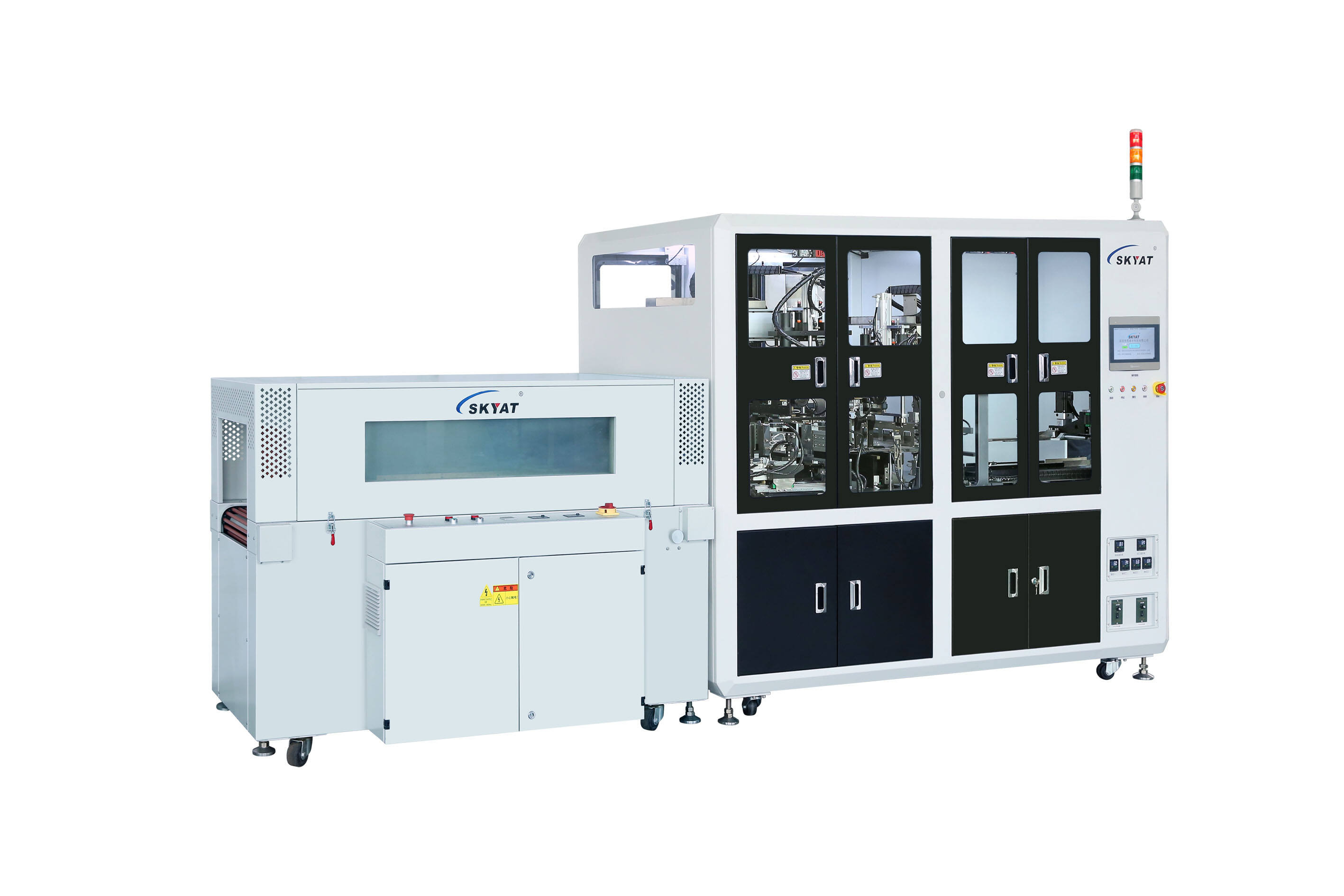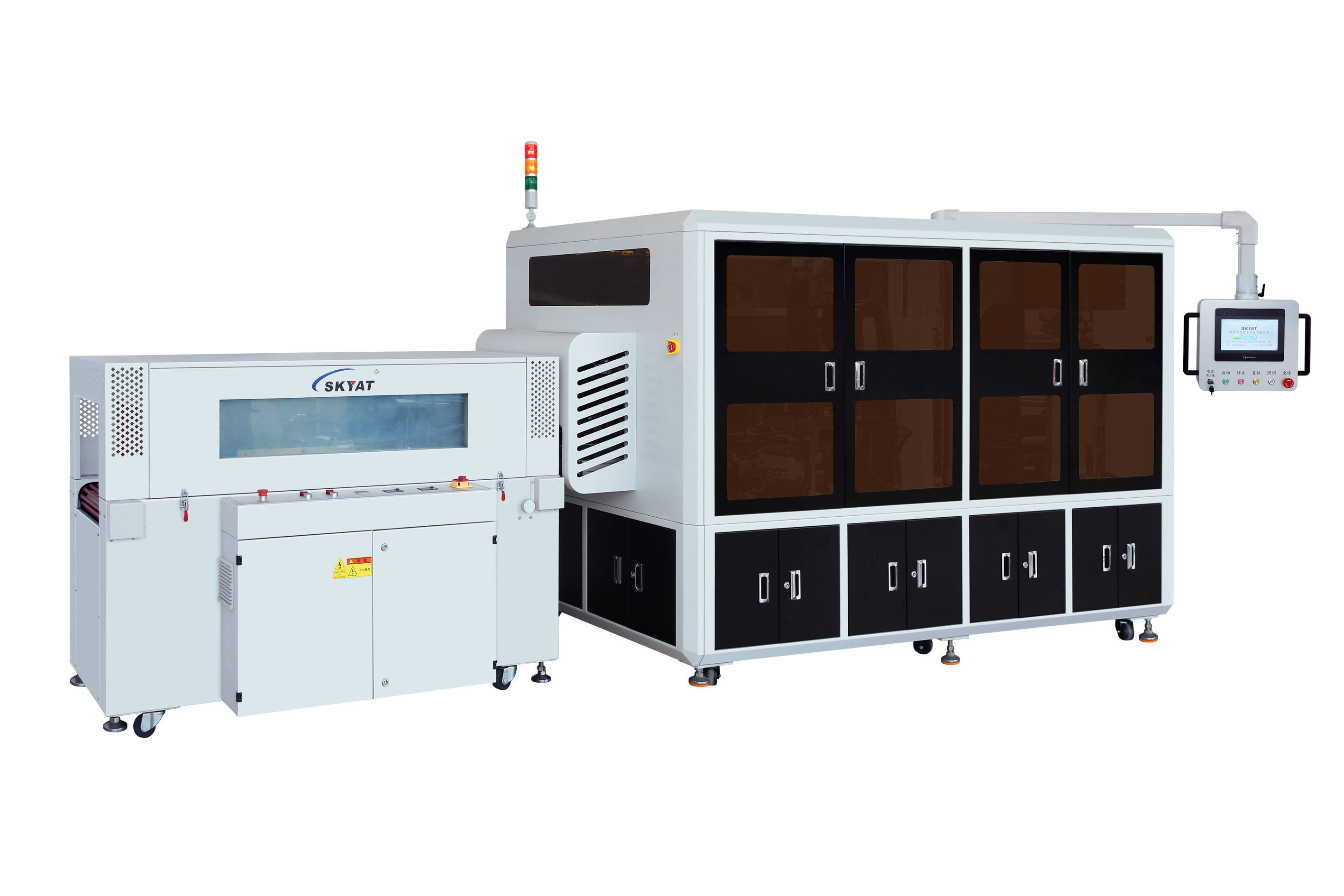Improving shrink wrapping efficiency is key to reducing costs, increasing throughput, and maintaining consistent quality across industries such as electronic manufacturing, pharmaceuticals, tea processing, and automotive production. By optimizing processes, leveraging technology, and focusing on maintenance, businesses can significantly enhance their shrink wrapping operations, regardless of whether they use manual or automatic systems. One of the most effective ways to boost efficiency is to optimize machine settings for specific products. For automatic systems, this means calibrating film tension, heating temperatures, and conveyor speed to match the product’s size, shape, and material. For example, when wrapping small smart electronics components, reducing film tension prevents damage while ensuring a tight seal, while increasing heat slightly for thicker films used in steel part packaging ensures proper shrinking. Manual operators can also benefit from standardizing settings—using preset film lengths and consistent heating times—to reduce variability and speed up the process. This attention to detail minimizes rework caused by loose wraps or over-shrinking, which is especially critical for time-sensitive industries like healthcare products manufacturing. Investing in high-quality, compatible materials is another crucial step. Using the right shrink film for the product and machine type reduces jams, tears, and uneven shrinking. For instance, switching to a thinner, high-clarity film for cosmetics packaging can speed up processing times as less heat is needed while maintaining protection. Similarly, using pre-perforated films for tea boxes eliminates the need for manual venting, saving time. Ensuring films are stored properly—away from moisture and extreme temperatures—also prevents brittleness or stickiness, which can disrupt the wrapping process. Regular maintenance and proactive troubleshooting prevent costly downtime. For automatic machines, this includes cleaning shrink tunnels to remove film residue which can block heat distribution, lubricating moving parts like conveyor belts, and replacing worn components e.g., heating elements or film rollers before they fail. Manual systems benefit from inspecting heat guns for consistent temperature output and ensuring workstations are organized to minimize unnecessary movements. Scheduling maintenance during off-peak hours—such as between shifts in automotive plants—avoids disrupting production, while training staff to identify early warning signs e.g., unusual noises or inconsistent shrinking can prevent minor issues from escalating. Streamlining workflow and reducing bottlenecks also enhances efficiency. For automatic lines, integrating upstream processes e.g., product assembly with shrink wrapping systems ensures a steady flow of items, eliminating idle time. For manual operations, organizing workstations in a linear fashion—with film rolls, products, and the shrink tunnel in sequence—reduces operator movement. Using accessories like film dispensers or product guides further speeds up manual wrapping by keeping materials accessible and products aligned. In high-volume settings like game console manufacturing, even small workflow improvements e.g., pre-sorting products by size can add up to significant time savings over a shift. Leveraging technology for data-driven improvements is increasingly important. Modern automatic machines feature sensors and software that track metrics like throughput, film usage, and error rates. Analyzing this data can reveal inefficiencies—for example, identifying that a particular product type causes frequent jams, prompting a setting adjustment. For manual operations, simple tracking e.g., counting wrapped items per hour helps identify training needs or process gaps. In industries like new energy component production, where sustainability is key, this data also helps optimize material usage, reducing waste and aligning with eco-friendly goals. Finally, cross-training staff ensures flexibility and reduces downtime. In manual settings, training multiple operators to handle shrink wrapping allows for seamless shift changes and covers absences. For automatic systems, training staff to perform basic troubleshooting e.g., clearing jams or adjusting film guides reduces reliance on specialized technicians, keeping the line running longer. This versatility is especially valuable for small to medium-sized businesses, such as ceramic manufacturers with fluctuating production demands.




Copyright © 2025 By Skyat Limited. - Privacy policy